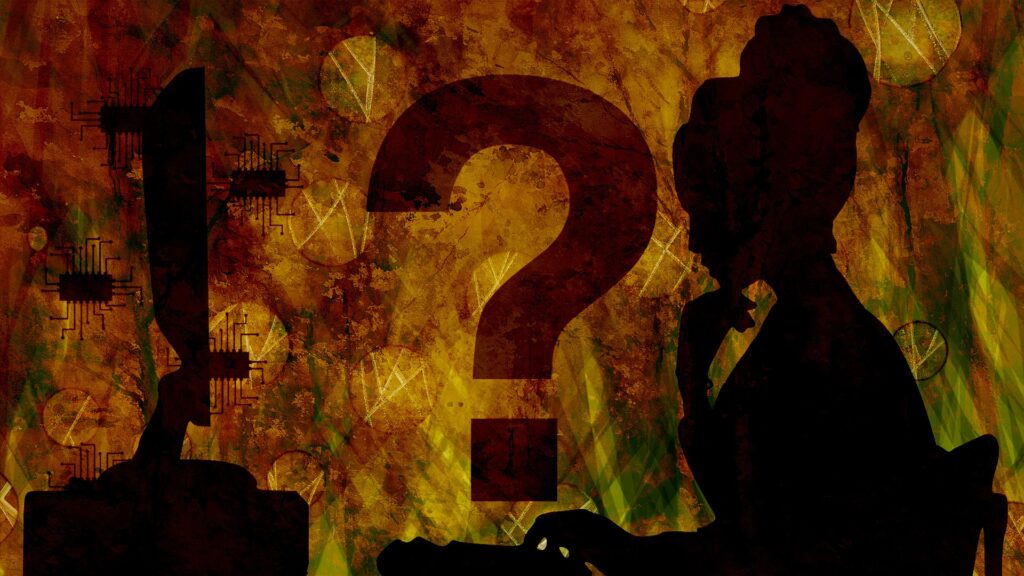The draft is done. Yay! Now it’s time for editing.
When I read that someone’s manuscript is with their editor, or they’ve finished their draft and now they ‘only’ have to edit, or they edit as they go, I wonder which of the various types of editing they mean. Often, I get the impression it’s mostly about correcting spelling and grammar.
At the beginning of my own novel writing I thought the same. Now, a few years later, I’ve learned there’s much much more to editing than that. But understanding what’s what and, more importantly, when you apply each type of editing can be a huge boost to getting your novel into the best possible shape before it emerges into the big wide world.
Note: I’m not going to say whether you should pay or not. That’s up to you, your own skills and bank balance. If you can afford it, then a professional is always going to do a better job. But you can learn a lot yourself. And if you do choose to pay, knowing what’s needed at what point in your novel writing will make you a much more informed client and give you and the editor a happier experience.
Terminology

There are various terms for editing but my research showed some overlap which could lead to confusion (it confused me). If you are doing your own editing, the terminology doesn’t matter. If you are paying for an editor, then it’s critical you and they are mutually clear on what you require and what you will be getting before they start work. So here I have attached (most of) the accepted terms to my own descriptions.
Stage 1 Big picture editing – structural or developmental editing
Unless you’re a detailed plotter (and there don’t seem to be many of those around) it’s likely the story you began writing some months ago has changed in big and small ways by the time you type The End. There will be characters who faded out along the way. Or other characters who stayed but never developed. Plot lines that went nowhere. Plot lines which emerged and took over.
And even if your brilliant plotting skills mean none of these have occurred, your manuscript still needs a big picture edit, otherwise known as structural or developmental editing.
What you need to think about in big picture editing
Plot: for example, are there gaping plot holes? Is the ending the right ending for your story?
Structure: you might tell your tale in a straight chronological manner, or you might move back and forward in time, or place. Are there inconsistencies to be sorted out?
Characters: do the characters develop along the way? Can we understand why they do what they do? Are they differentiated from each other?
Pace: are there areas which are far too slow, or others which skim too quickly over important events? Is the pace the same throughout, and is that appropriate?
Point of View: who is telling the story at any one time, and is each scene consistently in one viewpoint?
Narrative style: Are you telling the story in first, second or third person? Or a mixture?
Tense: Past or present, or a mixture, which might be related to structure.
If you are editing your own work, then it’s highly worthwhile attending webinars and reading up on how to go about this first level of editing. It’s complex and takes time, but you will have a stronger, more satisfying story by the end of it.
Stage 2 Getting the language perfect – line editing

Many people say to simply throw that first draft down as quickly as possible, no wordsmithing, no editing as you go. Just write/type. This is valid advice, although I personally find myself writing as close as possible to how I would want the final product to read. This is increasingly the case as I learn more and grow more confident with my writing. It’s a self-learning process, embedding good writing skills into my brain.
Image by Karolina Grabowska from Pixabay
At the least I aim to avoid verbal tics and weasel words and ‘listen’ to my characters speaking to get the dialogue right. And if the perfect metaphor presents itself, why not capture it? The entire passage may get cut in the big picture editing stage, but you can always recycle the metaphor. I do not, however, go back over previous scenes and meticulously ‘perfect’ them before starting the next scene – because that scene might end up on the ‘deleted scenes’ pile.
It’s only when you have the basics of the story sorted that it’s time to consider style and language. This is commonly called line editing, which describes the process well. Your manuscript is taken apart sentence by sentence, paragraph by paragraph. Cliches, weak verbs, poor similes are removed; dialogue is shortened, made more effective; echoes (using the same word more than once in close proximity) are fixed (the thesaurus is your friend); passages are clarified. A great deal of re-writing can go on here with the aim of tightening the prose and ensuring the style fits with the intended tone, not only of the book as a whole but of each scene.
Stage 3 Punctuation and grammar – copy editing
Your story makes sense, your characters should reel the readers in and your prose should have them sighing over their coffee.
The easiest way to put them off? Poor punctuation and grammar.

‘I have no idea about punctuation! I can’t spell!’ I hear writers cry, too often.
In which case, and if you can only afford one type of edit, this is the one to go for in my humble view. A book riddled – I don’t mean the occasional typo, I mean riddled – with incorrect grammar and punctuation is immediately off putting to even the most ardent reader. It’s the easiest to fix too, because there is (generally) a right way to do things. (And a note about US vs British spelling, grammar etc – choose one and be consistent. I once read a long twitter feed where some US writers claimed they used ‘grey’ not ‘gray’ because the word looked prettier. No, just no!)
Stage 4 proof reading
The final run, looking for those ever present typos. A thorough copy edit should identify most, but as we all know, they still creep in. You are not the person to proof read your own manuscript. This is something for someone who hasn’t read it and has a keen eye for detail. Some people talk about proofreading from the end so as not to be caught up in the story. It could work!
To conclude
You will read about different types of editing and terms such as substantive editing, and you will hear that line editors also do copy editing and vice versa. But if you remember that your manuscript needs editing from the top down in four major stages, you are good to go. And also good to have that intelligent conversation with a professional editor.
Stage 1: Big picture – does it all make sense?
Stage 2: Language – is the prose as tight as possible and appropriate to the book?
Stage 3: Technical side – are the full stops in the right place?
Stage 4: Proof read – are there any typos?
Resources
Jane Friedman’s website is a treasure trove. Sign up to her newsletter to see what relevant guest posts and webinars come up. For example, in August I attended an excellent series by Roz Morris on editing from developmental to typos. Here is Roz’s website where you can also sign up to her newsletter.
This helpful post came up recently (June 2024) which gives you a list of big picture topics to look at once draft one is done, and suggesting you approach them one at a time.
Self-editing for Fiction Writers by Renee Brown and Dave King (again – I am always recommending this book)
The Emotional Thesaurus by Angela Ackerman and Becca Puglisi and other books in this series.
Let me know what resources you’ve found and I can add them to this list. Thank you.
Thanks for mentioning my course and my website, Cheryl! Roz
Happy to do so, Roz – I loved your course and when I finally get back to my novel (draft now finished) I will slavishly adhere to it!
Cheryl